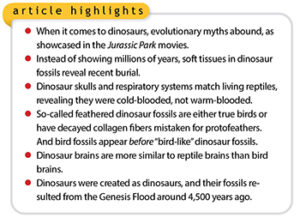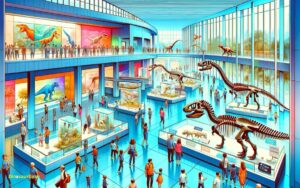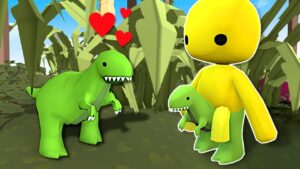Where Did Dinosaurs Exist: Unveiling Their Global Reign
Dinosaurs roamed all continents on Earth. Their fossils have been found worldwide, from Antarctica to North America.
Dinosaurs once ruled our planet, dominating landscapes with their vast and varied forms. These ancient creatures emerged approximately 230 million years ago during the Mesozoic Era, a period comprising the Triassic, Jurassic, and Cretaceous periods. Their existence spanned over 165 million years, a testament to their adaptability and evolutionary success.
Vivid evidence of their reign, in the form of fossils and footprints, has turned up in diverse environments, showcasing a range of sizes and species, from the towering Brachiosaurus to the fearsome Tyrannosaurus Rex. Scientists continue to uncover new sites and remains, shedding light on the diverse ecosystems these incredible beings inhabited. Understanding where dinosaurs lived helps both scientists and enthusiasts picture how Earth’s geography and climate have dramatically transformed since the age of the dinosaurs.
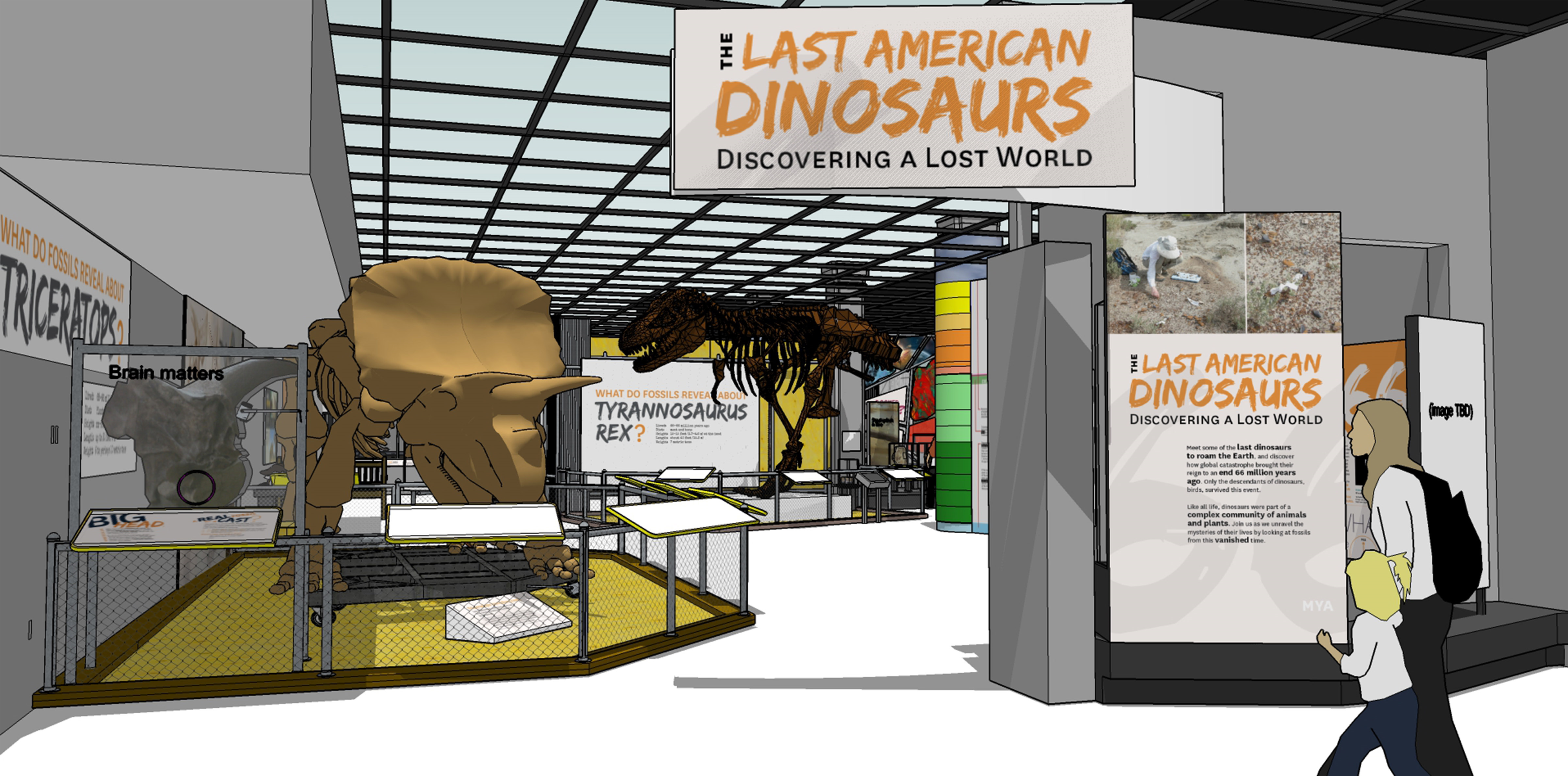
Tracing The Dinosaur Lineage
The journey into the past to discover the history of dinosaurs is thrilling. Let’s explore where these magnificent creatures came from and how they spread across the globe in ‘Tracing the Dinosaur Lineage’.
Origin And Evolution
Dinosaurs first appeared about 230 million years ago. They emerged during the late Triassic period. Scientists believe dinosaurs evolved from earlier reptiles. These reptiles were neither as big nor as diverse as dinosaurs would become.
Dinosaurs had two main branches:
- Saurischians – with hips like lizards
- Ornithischians – with bird-like hips
Saurischians later gave rise to giant herbivores and fearsome carnivores. Ornithischians developed into a range of plant-eaters.
Dinosaur Fossil Distribution
Dinosaur fossils have been found on all continents. This shows they lived worldwide.
| Continent | Notable Dinosaur Fossils Found |
|---|---|
| North America | Tyrannosaurus rex, Triceratops |
| South America | Argentinosaurus, Carnotaurus |
| Asia | Velociraptor, Gigantoraptor |
| Europe | Iguanodon, Neovenator |
| Africa | Spinosaurus, Carcharodontosaurus |
| Antarctica | Cryolophosaurus |
| Australia | Muttaburrasaurus |
These remarkable discoveries paint a complex map of dinosaur existence. They show that dinosaurs thrived in varied environments.
Continental Drift And Dinosaur Dispersal
Continental Drift and Dinosaur Dispersal tell a captivating tale. Earth’s continents were not always where they are today. Long ago, they formed a supercontinent. This global shift affected where dinosaurs could roam. Let’s explore how these ancient giants spread across the Earth!
Pangaea And Dinosaur Migration
Imagine all land on Earth stuck together like a puzzle. That was Pangaea. During the Mesozoic Era, dinosaurs started their journey here. The land was vast with varied climates. Dinosaurs adapted and thrived everywhere.
Dinosaur migration followed two paths. Land bridges allowed them to walk to new areas. Changes in climate made them search for better homes. This constant movement led to dinosaurs living on every continent.
- Adaptable creatures: Dinosaurs found ways to survive in different climates.
- Global dispersal: From deserts to dense forests, dinosaurs made their homes worldwide.
Effects Of Plate Tectonics
Earth’s surface is made of tectonic plates. These big rocky slabs move very slowly. Their movement is called plate tectonics. This process can create mountains, volcanoes, and oceans.
Plate tectonics split Pangaea apart. This changed where dinosaurs could go. New seas formed, cutting off land routes. Some dinosaur groups got separated. They then evolved differently. This made many unique dinosaur species.
| Time Period | Event |
|---|---|
| Late Triassic | Pangaea begins to break apart |
| Jurassic | Oceans form, dividing dinosaur populations |
| Cretaceous | Continents move to their current positions |
Inhabitants Of Ancient Landscapes
Dinosaurs once dominated our planet’s ancient landscapes. These magnificent creatures lived everywhere – from dense forests to open plains. The story of their existence unfolds through the fossils they left behind. Their bones tell a tale of adaptation and diversity across various regions and climate conditions. Let’s explore the ecosystems they thrived in and the regions they ruled.
Diverse Ecosystems through ErasDiverse Ecosystems Through Eras
Over millions of years, dinosaurs experienced different climates and landscapes. The Mesozoic Era saw the most dinosaurs. It had three periods: Triassic, Jurassic, and Cretaceous. Each period presented unique environments for dinosaur life.
- Triassic Period: This was the dawn of dinosaurs. Deserts and land with little rain were common.
- Jurassic Period: Greenery spread. Gigantic herbivores and predators emerged.
- Cretaceous Period: Flowering plants appeared. Dinosaurs adapted to these new foods.
Prominent Dinosaurs By Region
Dinosaurs adapted to the places they lived. Different types of dinosaurs called different regions home. Local food and weather shaped their evolution.
| Region | Dinosaurs |
|---|---|
| North America |
|
| South America |
|
| Africa |
|
| Asia |
|
| Europe |
|
| Australia |
|
| Antarctica |
|

Credit: www.sciencefocus.com
Climate’s Role In Dinosaur Habitats
The climate played a crucial role in shaping dinosaur habitats throughout the Mesozoic era. Warm, humid environments alongside fluctuating global temperatures influenced where these giant reptiles could thrive. Understanding climate’s effect highlights key aspects of dinosaur survival and evolution. Let’s dive into how ice ages and warm periods, as well as adaptations to these changes, allowed dinosaurs to dominate for millions of years.
Impact Of Ice Ages And Warm Periods
Dinosaurs saw dramatic shifts in their surroundings over time. These shifts were due to ice ages and warm periods which are natural Earth cycles. During ice ages, colder climates could have ushered in a movement of dinosaur populations. They migrated in search of more habitable environments.
- Ice ages potentially led to resource scarcity, testing dinosaur survival skills.
- Warm periods, conversely, often resulted in abundant food sources and biodiversity.
Each period presented its challenges and opportunities, shaping the dynamics of dinosaur ecosystems.
Adaptations To Changing Climates
Dinosaurs adapted to their changing worlds with impressive versatility. Fossils show evidence of physical changes. Dinosaurs developed insulation, like feathers, and altered their diets to survive.
| Climate Change | Dinosaur Adaptations |
|---|---|
| Cooler Temperatures | Developing feathers |
| Warmer Climates | Enhanced skin surfaces for heat regulation |
Whether bracing for chill or bathing in warmth, these adaptations were key to their success across hundreds of millions of years. Their evolutionary prowess allowed them to inhabit diverse landscapes from lush forests to arid deserts.
Extinction And Its Aftermath
Dinosaurs ruled the Earth for over 160 million years, but their reign came to an abrupt end. This dramatic turn of events has puzzled scientists for centuries. The fall of these prehistoric giants left behind a world eager for new occupants, shaping the course of evolution.
Theories Of Mass Extinction
Many hypotheses attempt to explain the dinosaurs’ disappearance. Below are the most widely supported theories:
- Asteroid Impact: Evidence suggests a massive celestial object hit Earth, causing drastic climate changes.
- Volcanic Activity: Immense eruptions may have spewed enough ash and gas to cool the planet and diminish plant life.
- Climate Change: Gradual shifts in climate could have made survival increasingly difficult.
Legacy And Discoveries Post-extinction
A world without dinosaurs paved the way for the rise of mammals and eventually, humans. Here’s what emerged from the aftermath:
- Biodiversity Flourished: New species diversified and filled the gaps left by dinosaurs.
- Fossil Discoveries: Paleontologists have unearthed fossils that provide insights into the dinosaur era.
- Impact on Science: Studying extinction events helps us understand potential threats to current biodiversity.
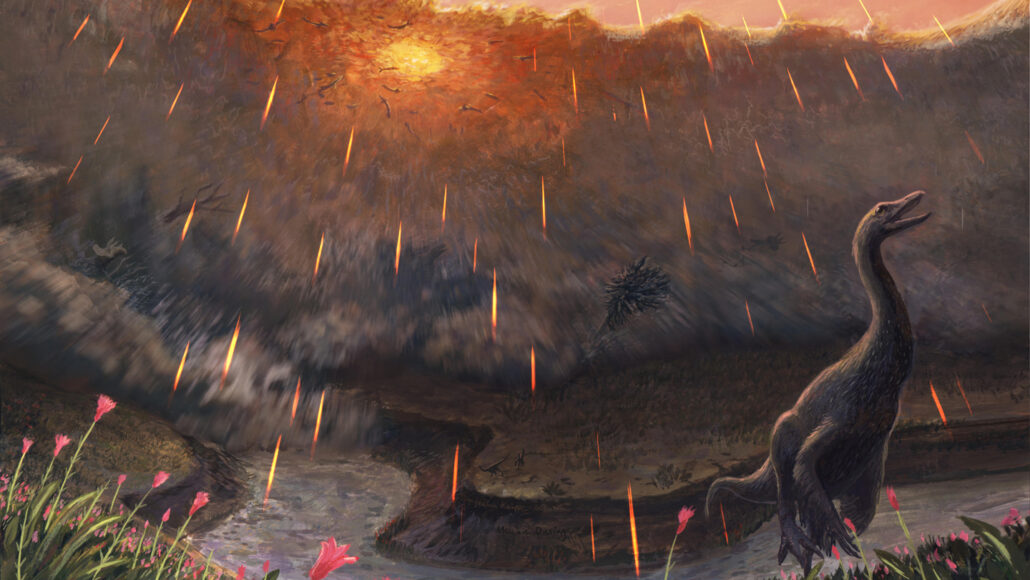
Credit: www.snexplores.org
Modern Science And Dinosaur Research
Dinosaurs once roamed the Earth, leaving behind a mystery that modern science tirelessly unveils. Sophisticated tools and computer simulations propel dinosaur research forward.
Technological Advances In Paleontology
New technologies transform how scientists study ancient life.
- 3D imaging: creates detailed fossil replicas.
- Laser scanning: reveals trace fossils unseen to human eyes.
- Chemical analysis: provides insights into dinosaur diets.
Researchers can now answer questions about dinosaur behavior and environment.
Virtual Globe-trotting With Dinosaurs
Digital maps take us to prehistoric landscapes.
- Interactive maps: Show where fossils were found.
- Augmented reality: Brings dinosaurs to life using smartphones.
- Virtual digs: Allow anyone to explore dig sites online.
These tools make learning about dinosaurs an adventure for all ages.

Credit: www.sci.news
Conclusion
As we’ve explored, dinosaurs were global inhabitants whose fossils tell a tale of ancient Earth. Their reign spanned every continent, leaving a legacy that fascinates us. Our journey through prehistoric landscapes shows that dinosaurs’ existence was as diverse as its modern wildlife.
Let’s keep uncovering the secrets of these incredible creatures.


